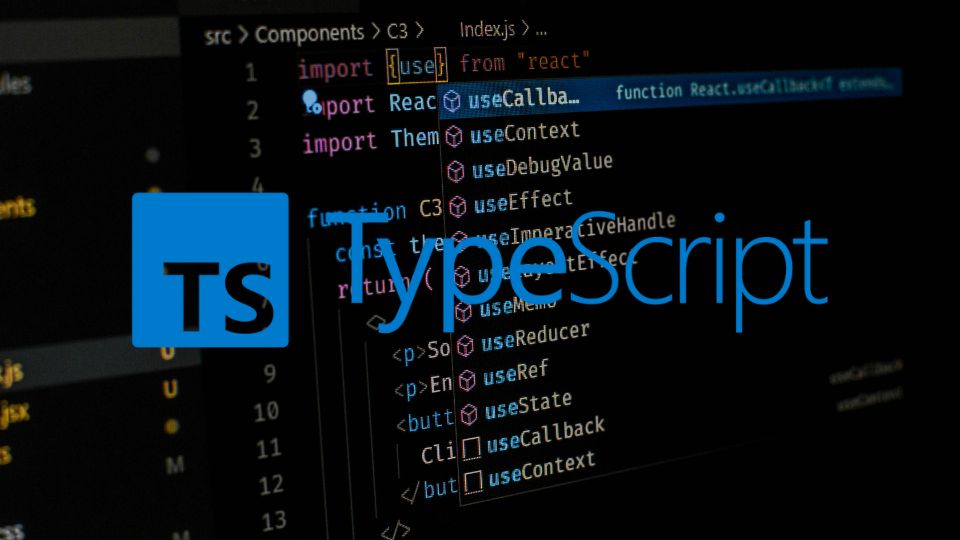Which are, from your point of view, the key factors in the transformation of the traditional communication model with Social Media now?
Social media is transforming traditional communications in the following ways: - Messages are evolving into Conversations. Traditional communications tapped the power one-way, broadcast, and typically mass media channels. But these channels also required a great deal of advance planning and message fine-tuning to make sure that you get the proper response, and measurement tended to be in terms of reach and frequency, not impact. But social media by it’s nature involves a two-way dialog, and especially one that is continual, rather than episodic. This is a completely new skill that traditional communciations has little experience and history with executing and measuring.
- Human, not corporate voices. Social media is also personal, because it typically involves some kind of profile and a personal point of view and voice. This aligns tightly with Conversations – we typically don’t have conversations in the style of a press release! Instead, we talk to each other as people. And this has required that we think about not only how we respond in real-time, but also the approval and planning processes that have to change as well.
- Rethinking the customer relationships. But most importantly, social media is requiring that companies rethink the nature of the overall relationship with customers. If these are human-like conversations you are having, then the relationship will evolve from being short-term transaction-based to something more meaningful for both the company and the customers – something that’s more loyal, passionate, and intimate.
This is scary for many companies because they don’t have fixed in their corporate psyches what kind of relationship they want to have with their customers beyond them buying a product or service. Communications is just the beginning of the relationship, but it also forms the foundation for what that relationship can become.
It is obvious that Social Media has an impact in companies’ structures, and in the way business is done. In Executive Management, ¿is this change really perceived and taken into account, or do Executives still insist in the conventional vertical controlling model?
It’s very hard for companies to evolve out of vertical hierarchies – we have been organizing in that fashion for centuries! But there is growing recognition that an evolution – not necessarily a revolution – of corporate structures would be beneficial. For example, many management and leadership experts have discussed the benefits of pushing down decision making to the front lines and flattening layers of management – speed, agility, and being closer to the front lines where the action is taking place are all benefits. The problem is making sure that executives still understand what is happening at those lower levels so that they can make sure that everyone is aligned on meeting the same objectives. Social technologies helps support distributed decision making by opening up information sharing – it makes it so much easier to create, share, and consumer information quickly and widely. What starts out as simply sharing information eventually can have profound impact on the organization – not because it changes the organization structure, but because it’s able to maneuver around it.
How can today’s professionals deal with these changes? What do you think about professional training/ higher education in Digital & Social communication specialties?
The most important thing that communication professionals can do is to practice sharing on a regular basis. There’s no amount of studying that can replace the actual act of sharing and developing relationships with other people in social media. To that end, formal training and education can give you a significant push forward because you speed up that “on the job” training by about best practices and processes that you can then apply. There are many programs available, not always of the highest quality. Focus on a program that emphasizes the overall goal of participating in social media – creating relationships – rather than the details of how to write an effective tweet. The techniques will change over time, and you’ll be able to stay on top of them through trade publications and blogs. But getting that mindset and voice right is a personal journey that you have to go on, especially if you are steeped in the traditional communications practices of messaging rather than sharing and dialog. |




